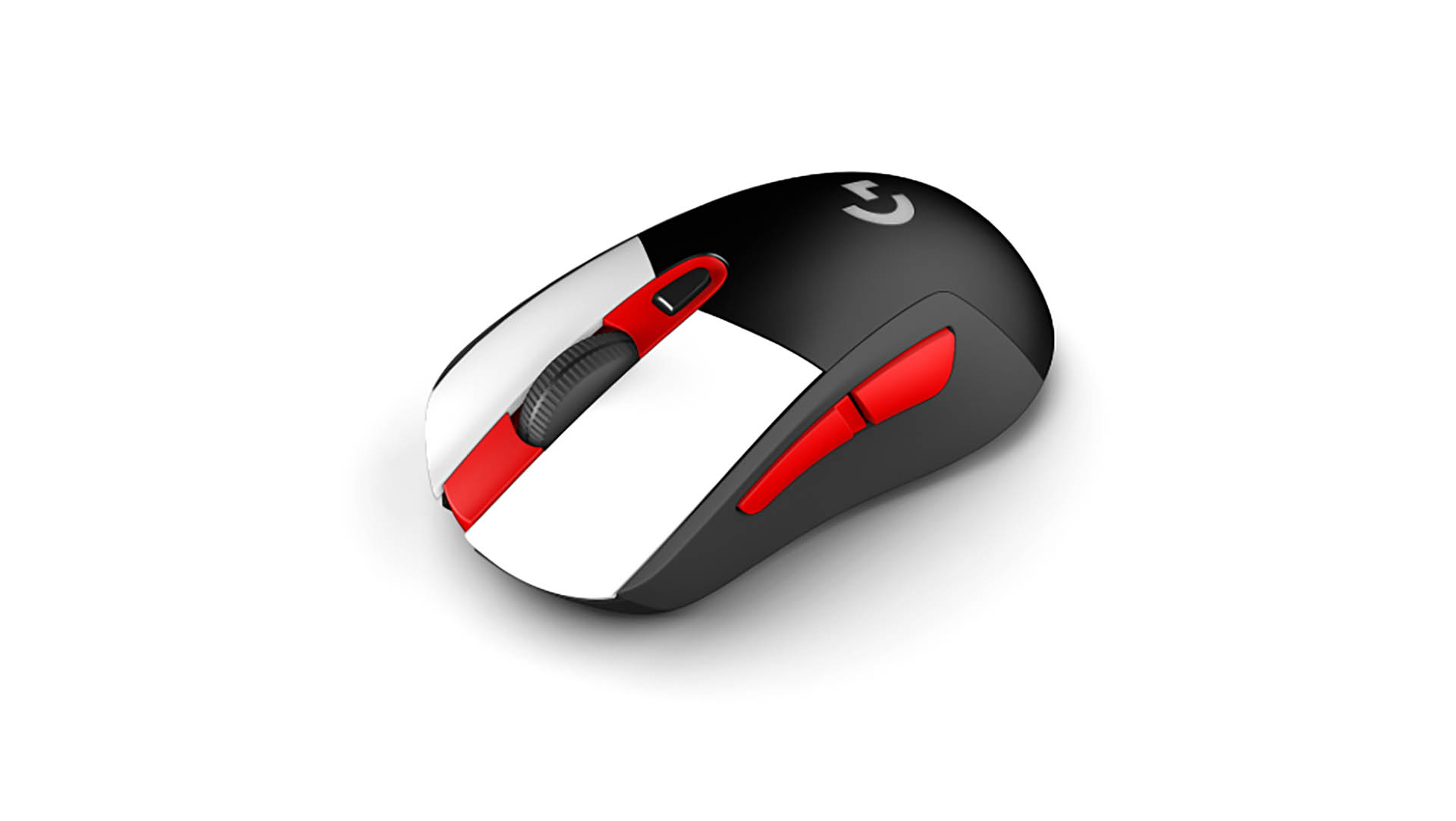Nvidia sets new rules for gaming laptop makers to cut confusion
You will now be able to tell an 80W RTX 3080 from a 150W card by a gaming laptop's specs alone.

Following some initial confusion over mobile GPU specifications, Nvidia now says it requires manufacturers to list complete TGP and clock speed data for the latest RTX 30-series gaming laptops.
With the introduction of the RTX 30-series in gaming laptops there have been some changes to the Max-Q specification. Rather than directly correlating to a specific GPU configuration as it once did, Max-Q now covers a handful of platform features, namely Advanced Optimus, Whisper Mode 2, and Dynamic Boost 2.
The change had left some with concerns over whether it would be able to discern one gaming laptop's performance from another on GPU model alone, as there are simply many RTX 30-series GPUs available, without waiting for a third-party review.
Such reviews as our MSI GS66 Stealth review, which is also prime example of why GPU information should be listed clearly. That laptop comes with one of the lowest RTX 3080 mobile specs at 95W, which is one of the more power-restricted models and puts performance close to that of a more power-hungry RTX 3070 mobile GPU. Yet, while that particular RTX 3080 16GB machine has not been released as yet, none of the potential configs have any GPU specifics listed on the MSI website.
Nvidia had previously said it would only "strongly encourage OEMs to list clocks and other technologies a laptop supports." And it appears as though many took the opportunity to cut power and clock speed specifications entirely, instead leaving it up to users to find out when using the device—either through the Nvidia Control Panel, where that information is now displayed, or by way of gaming performance.

Best gaming mouse: the top rodents for gaming
Best gaming keyboard: your PC's best friend...
Best gaming headset: don't ignore in-game audio
However, Nvidia has since told The Verge that it will be "requiring OEMs to update their product pages to the Max-Q technology features for each GeForce laptop, as well as clocks and power—which communicates the expected GPU performance in that system."
That move will mean it should be possible to tell apart a laptop fitted with an 80W RTX 3080 from one with a full 150W TGP. Though there is a chance this might only factor if a particular manufacturer wants to use the Max Q branding. If it's happy to jam in a new RTX 30-series GPU without going through the CPU/GPU balancing work then it may not have to adhere to Nvidia's demands.
Keep up to date with the most important stories and the best deals, as picked by the PC Gamer team.
Some manufacturers have already begun to change their product listings, such as Asus with the ROG Zephyrus G15, yet many others have not.
Still, it's fair to say should be seen as a win for customers, and crucially one less point of confusion when buying a gaming laptop.

Jacob earned his first byline writing for his own tech blog. From there, he graduated to professionally breaking things as hardware writer at PCGamesN, and would go on to run the team as hardware editor. He joined PC Gamer's top staff as senior hardware editor before becoming managing editor of the hardware team, and you'll now find him reporting on the latest developments in the technology and gaming industries and testing the newest PC components.

